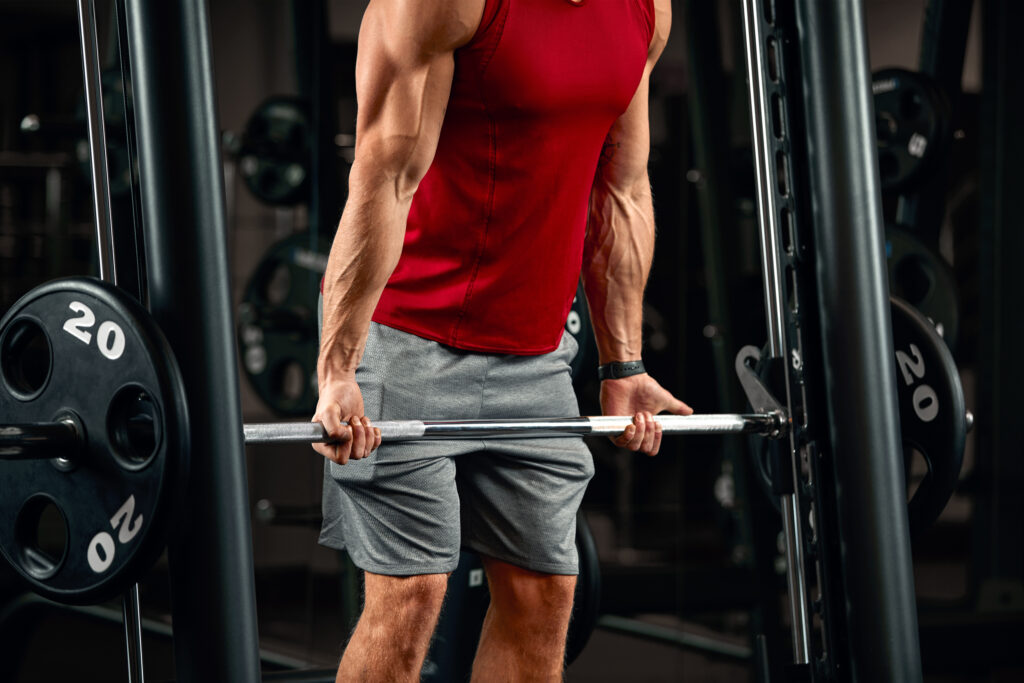Yes, many people notice that their six-pack abs, medically known as the rectus abdominis muscle, may appear uneven or slightly asymmetrical. This unevenness can be the result of several factors.
First, our muscles and bodies in general are not perfect mirror images on each side. Just as one foot might be slightly larger than the other or one hand might have longer fingers, the muscles of the abdomen can also have slight differences in size or shape. This is completely natural.
Second, the way fat is distributed over the abdomen can also play a role in the appearance of the abs. Even with low body fat, slight differences in fat deposits can affect the visibility or symmetry of the muscles underneath.
Third, the tendinous intersections – the horizontal lines that segment the rectus abdominis into the six-pack (or sometimes eight-pack) – can vary in thickness and position. These are the bands you see dividing the muscle blocks. They are determined by genetics, and like all genetic traits, they can vary greatly from one person to another.
Lastly, our posture and how we move can also influence the development of our muscles. If we favor one side of our body or have a slight imbalance in our posture, this could lead to uneven muscle development over time. This is why good form in exercises and being mindful of muscle imbalances is crucial in any fitness regimen.
If you notice that your abs are slightly uneven, it’s important to remember that this is common and natural. Achieving visible abs requires a combination of muscle development and low body fat, but perfect symmetry is not always attainable due to genetic and anatomical factors. The key is to focus on overall fitness, health, and feeling good in your body, rather than aiming for an idealized notion of perfection.

